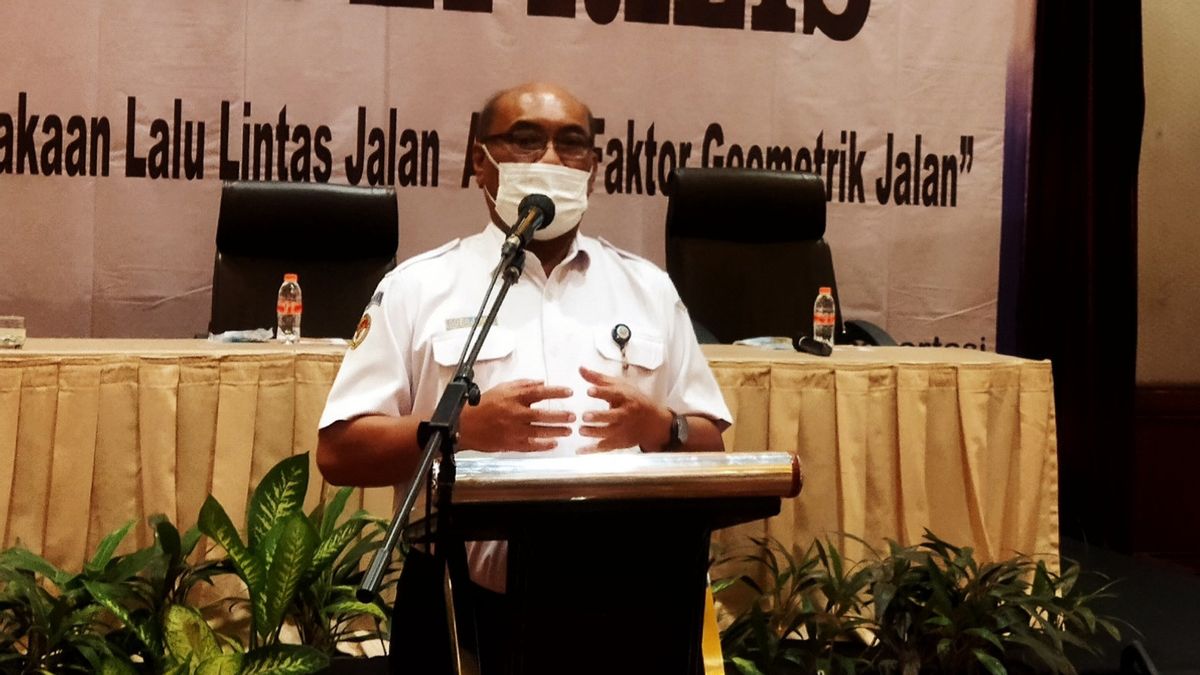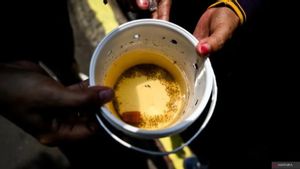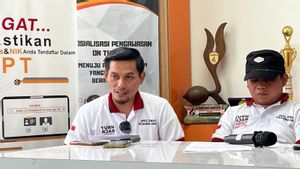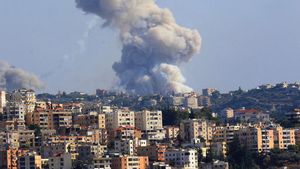JAKARTA - The National Transportation Safety Committee (KNKT) presented the results of an investigation which showed that the cause of the accident was dominated by road geometric factors.
This is based on a case study investigating the occurrence of a collision in the Solo-Ngawi section, the Harmoko bend, Musi Banyuasin and the Breksi cliff, Sleman, Yogyakarta Special Region.
In the case of an accident on the Solo-Ngawi road, the accident began with a convoy between motorbikes carrying cargo, the Dharma Raya safari bus accident, the Mira bus, and the Sumber Selamat bus.
This class II primary arterial road has a width of 7 meters, a shoulder of 1.5 meters and straight road conditions.
Hazard in this case is the high speed design, speed gap, front and rear collisions.
"Focusing on these three accident-prone points, the KNKT recommends a road safety inspection survey (BPJN and BPTD), traffic segregation at different speeds and traffic calming management on Jalan Solo Ngawi," said KNKT chairman Soerjanto Tjahjono in Jakarta, Tuesday, October 12. .
Then at the Harmoko Musi Banyuasin corner, a single accident often occurs repeatedly, the vehicle rolls over or hits a cliff.
The hazard has been around for a long time. Primary arterial road class II with a width of 6 meters, 1 meyer shoulder, winding road conditions.
"The identification of Hazard in the accident case was a broken bend after a straight road, the presence of a unidirectional double bend and the lack of road delineation information, pre-designed bend geometric improvements and bend geometric improvements," said Soerjanto.
While on the cliffs of Breksi Sleman, Yogyakarta, he continued, the KNKT appealed to trucks not to carry heavy loads when crossing the area.
"We urge loaded trucks to seek other alternative routes," he said.

Meanwhile, Acting Chairperson of the LLAJ Sub-Committee Wildan assessed that most of the roads in Indonesia were not deliberately built. But the Dutch heritage roads, mouse paths, paths and neighborhood roads were then widened and paved so that they looked good.
"These roads occur without going through good road infrastructure safety rules which consist of road safety audits, road safety inspections, road safety impact analysis, accident-prone area management and road-worthiness, so it is very possible that these roads contain many hazards that can occur at any time. cause harm to people," he said.
Wildan said the road must meet the rules that have been set. "Roads must be able to explain the hazard. Geometrics must be improved," he said.
The English, Chinese, Japanese, Arabic, and French versions are automatically generated by the AI. So there may still be inaccuracies in translating, please always see Indonesian as our main language. (system supported by DigitalSiber.id)








